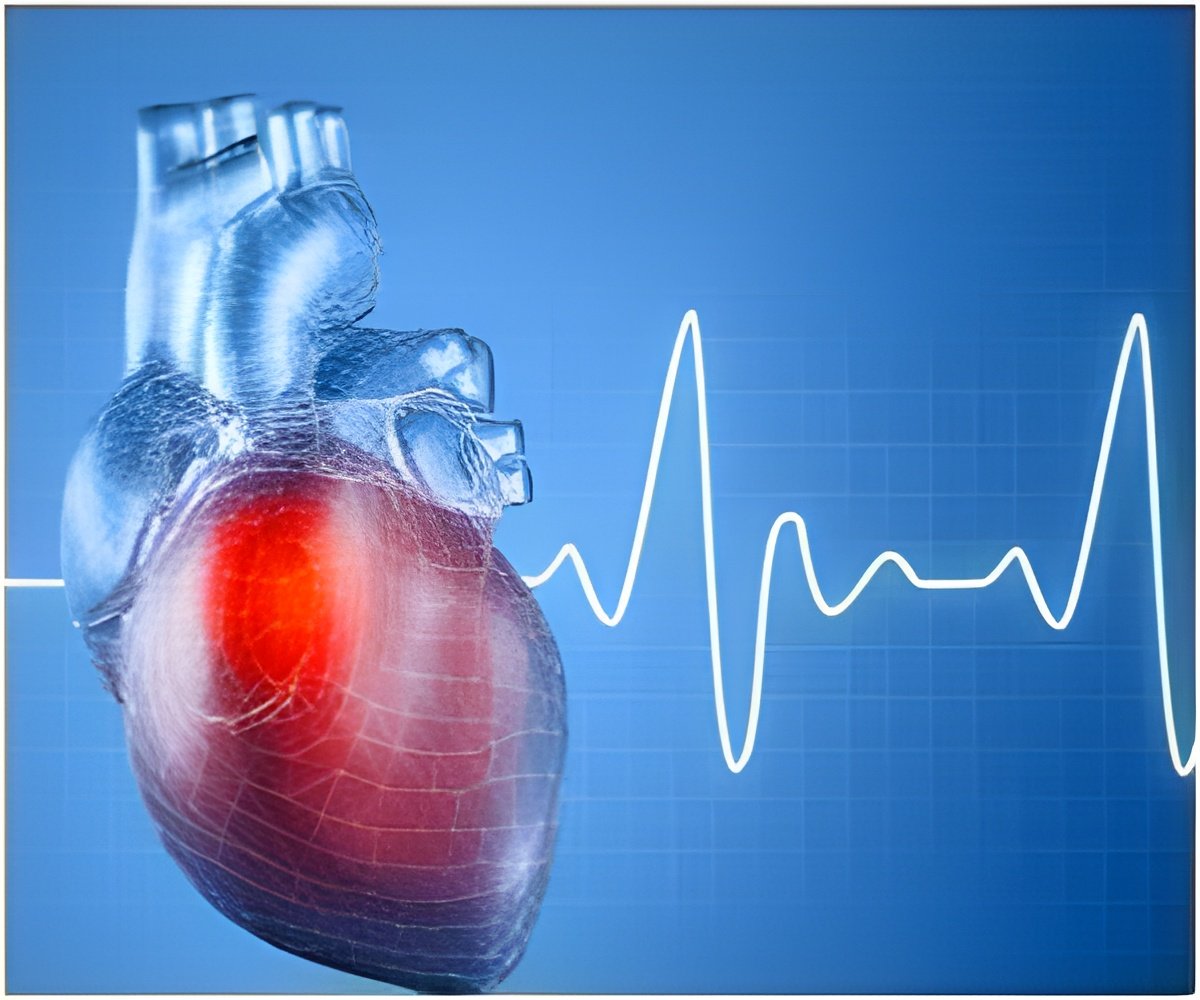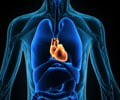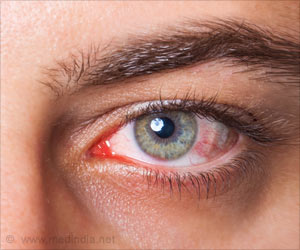One of the country’s leading radiologists has warned that the number of deaths due to heart disease will see a sharp rise in India.

China, which has the world's largest population at 1.34 billion, will have 4.53 million deaths due to CVD and 1.37 million due to CHD by 2020. The figures are from the Global Burden of Diseases Study conducted by WHO.
While north Indian states - including Jammu and Kashmir, Punjab and Uttar Pradesh - have a high percentage of people suffering from heart diseases, south Indian states of Kerala and Tamil Nadu have a higher prevalence of CHD, he said quoting from a study.
"In south India, a lot of people are vegetarian. But vegetarianism is no safeguard. In fact, coconut oil leads to heart diseases," Mahajan said at a talk Tuesday evening at the India International Centre here.
"In 2004, 14 percent of total deaths in India were due to heart diseases... and the percentage keeps rising," said Mahajan, president of the Indian Radiological and Imaging Association and founder of the city's well-known Mahajan Imaging Centre.
Unlike the "mistaken thought" that heart pain occurs on the left side of the chest, the expert said it occurs in the middle of the chest, and some patients could also feel pain in the shoulder, elbow and jaw. This could be accompanied by shortness of breath, a feeling of light-headedness and even severe sweating.
Advertisement
"I am not saying we should get over-anxious, but let us not ignore the symptoms. The first hour is when most of the deaths occur. It may be worth going to the doctor even if it turns out to be a false alarm," Mahajan said.
Advertisement
Other signs to watch out for are the feelings of constriction and discomfort while jogging or running. "When you feel something you've never felt before, if you have any problem while active that is relieved by rest, you need to see the doctor."
While coronary heart diseases are due to arteries getting narrowed due to blockages, Mahajan said "60-70 percent of heart attack patients don't get significant narrowing of arteries".
"It is generally patients who have 30-40 percent blockage with plaque deposits, who are most prone to heart attacks," Mahajan said.
Listing the efficacy of testing mechanisms, Mahajan said ECG/EKG (Electrocardiography) shows up an angina, while X-rays are useful in detecting abnormalities in heart size.
The treadmill test "is not a great test if done in isolation", said Mahajan.
According to the expert, the best machine is the Dual Energy GSI Spectral CT Scanner, which his laboratory has introduced in India - the first to do so.
It is a non-invasive test, which can look inside the heart and vessels - even at the stents to see their condition, it can see the plaque deposits. "It is the ultimate tool. Each and every millimetre of the arteries and segment can be seen, as well as the plaque," Mahajan said.
Japan is the only other country in Asia to have a similar machine, which has just got FDA approval. The radiology exposure due to the machine is negligible, he said.
The machine provides 128 slices of imaging of the body. The cost of an imaging is Rs.15,000
Cardiovascular diseases would be the largest cause of death and disability in India by 2020 as per a World Health Organisation (WHO) report.
By 2030, it is expected that 23 million people will die from CVDs annually.
Source-IANS













